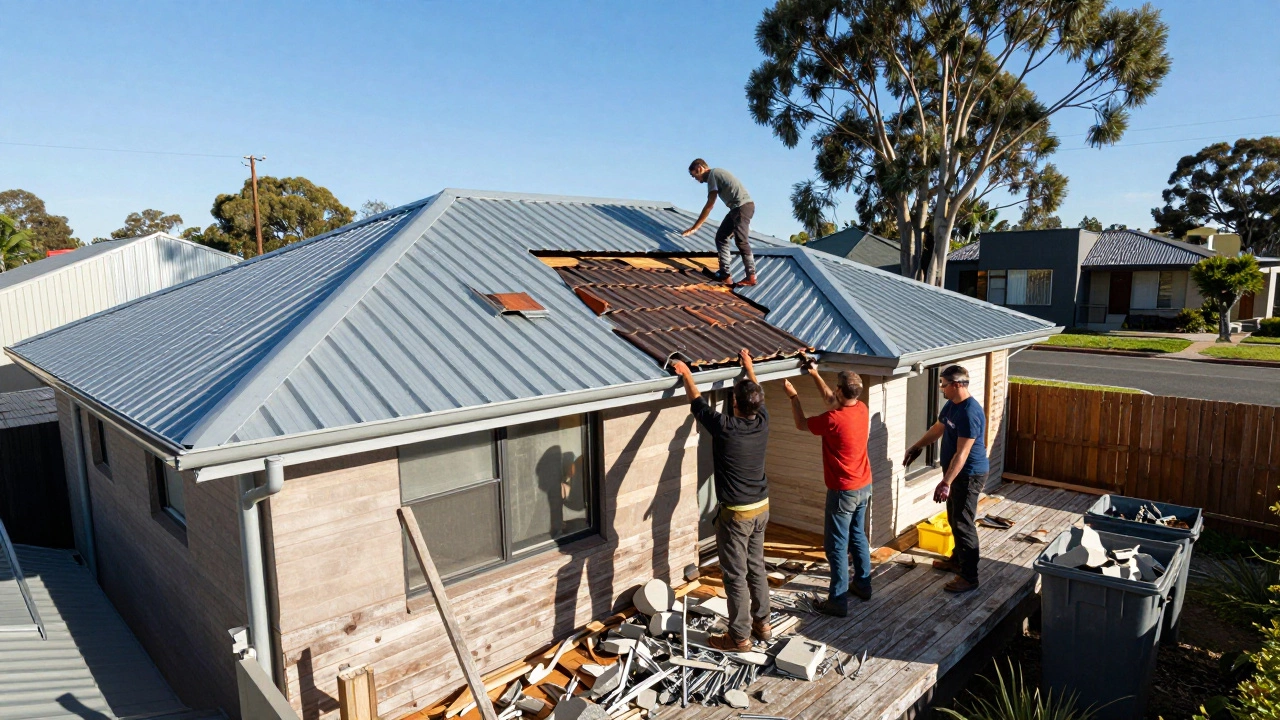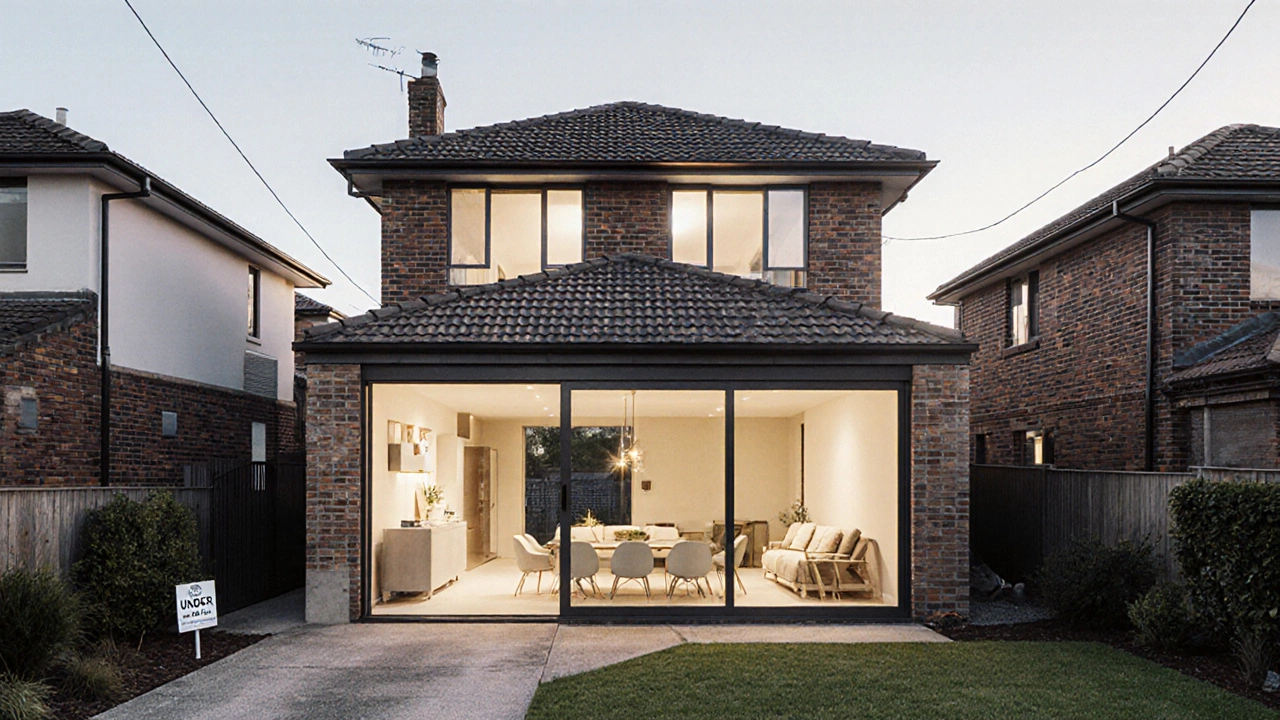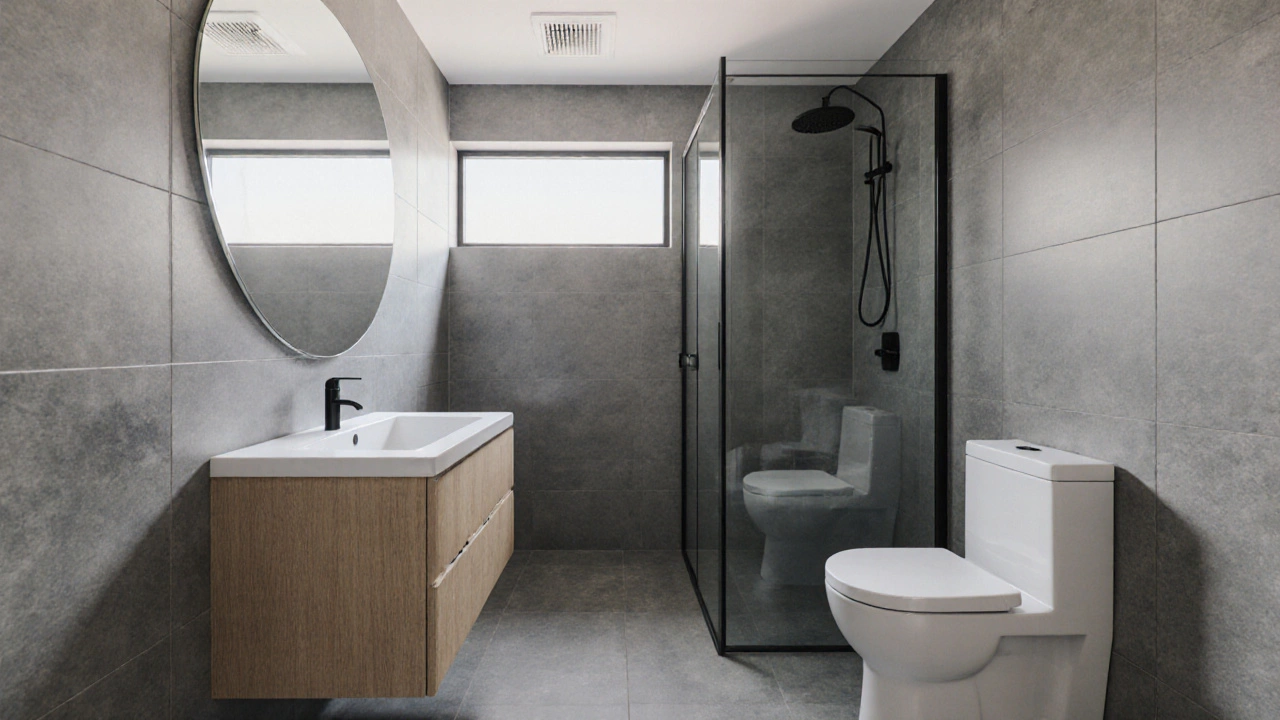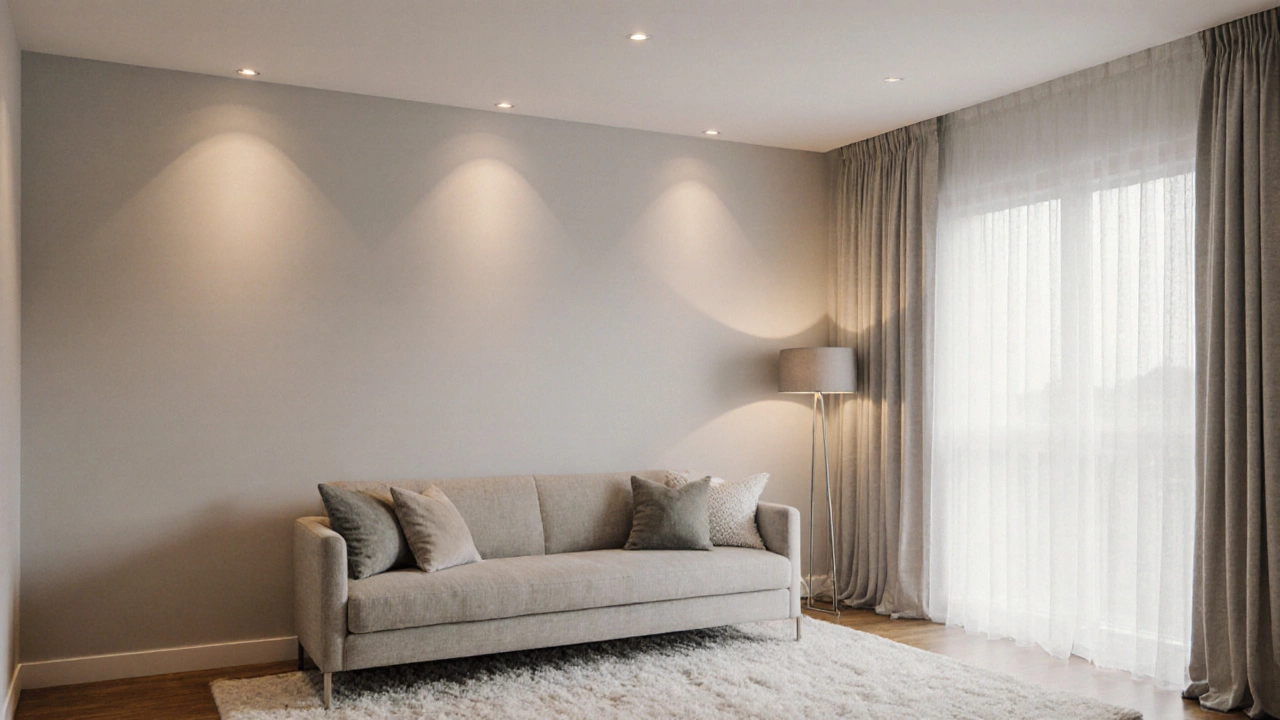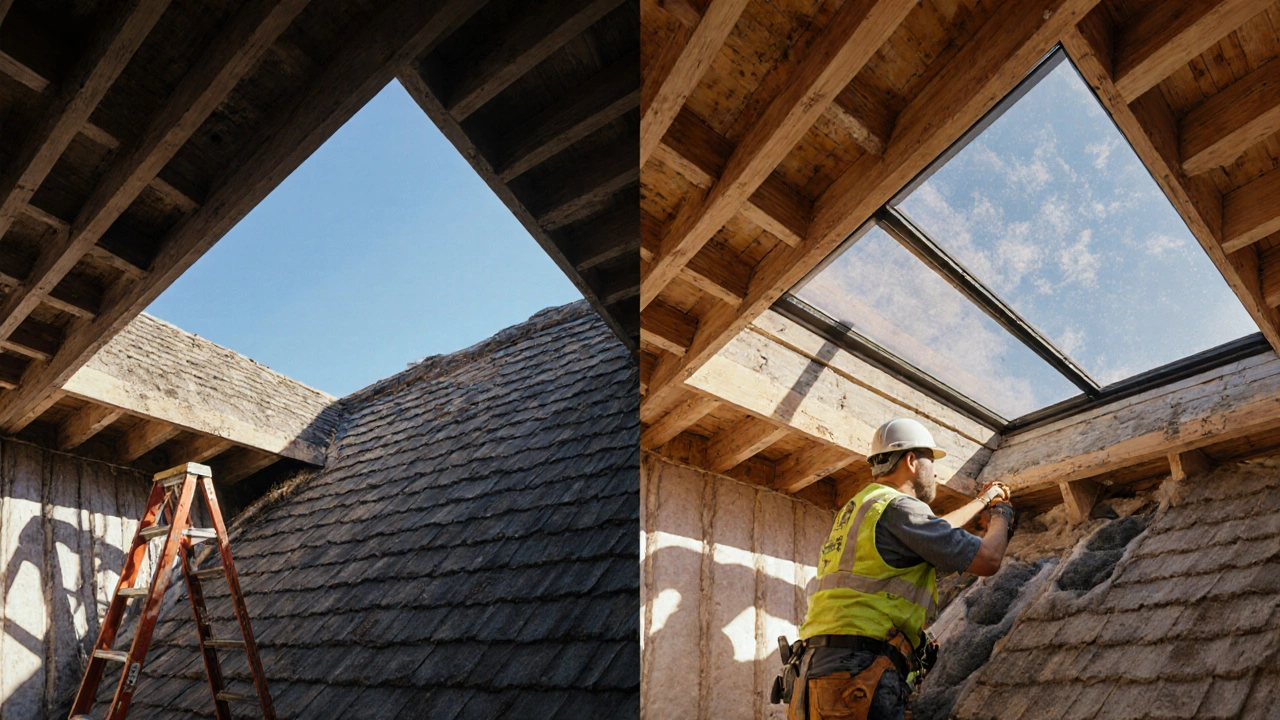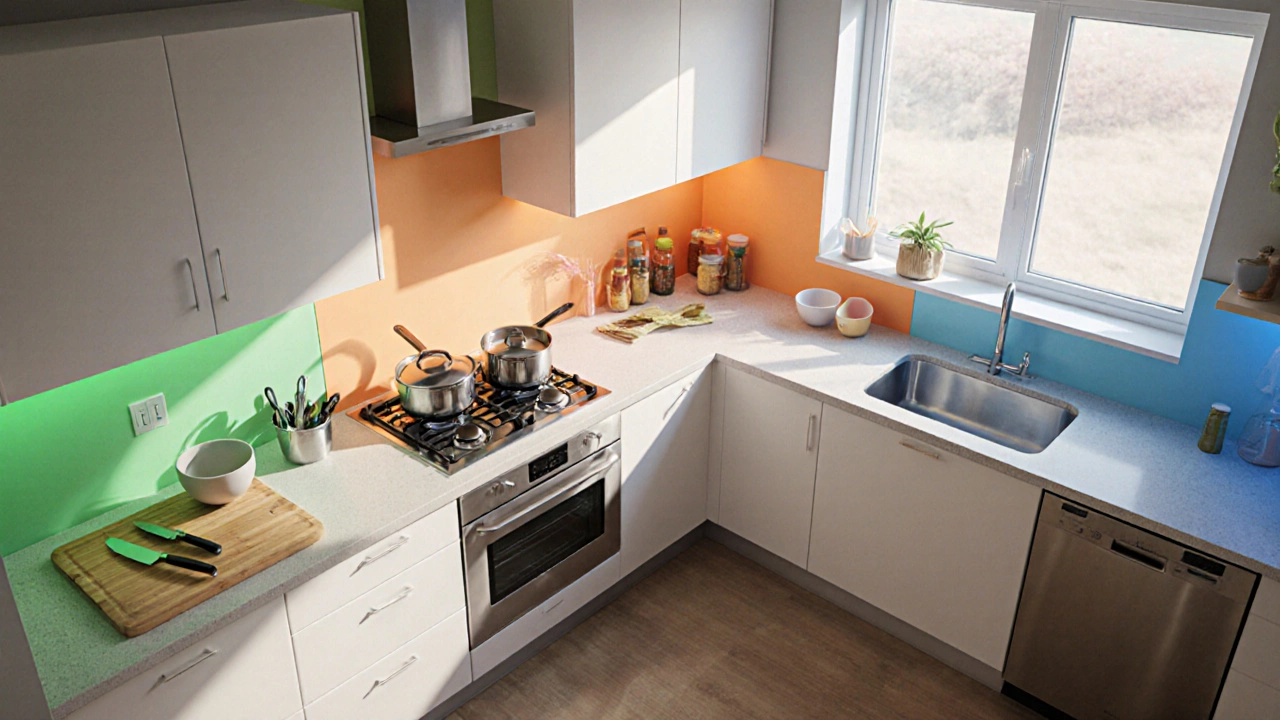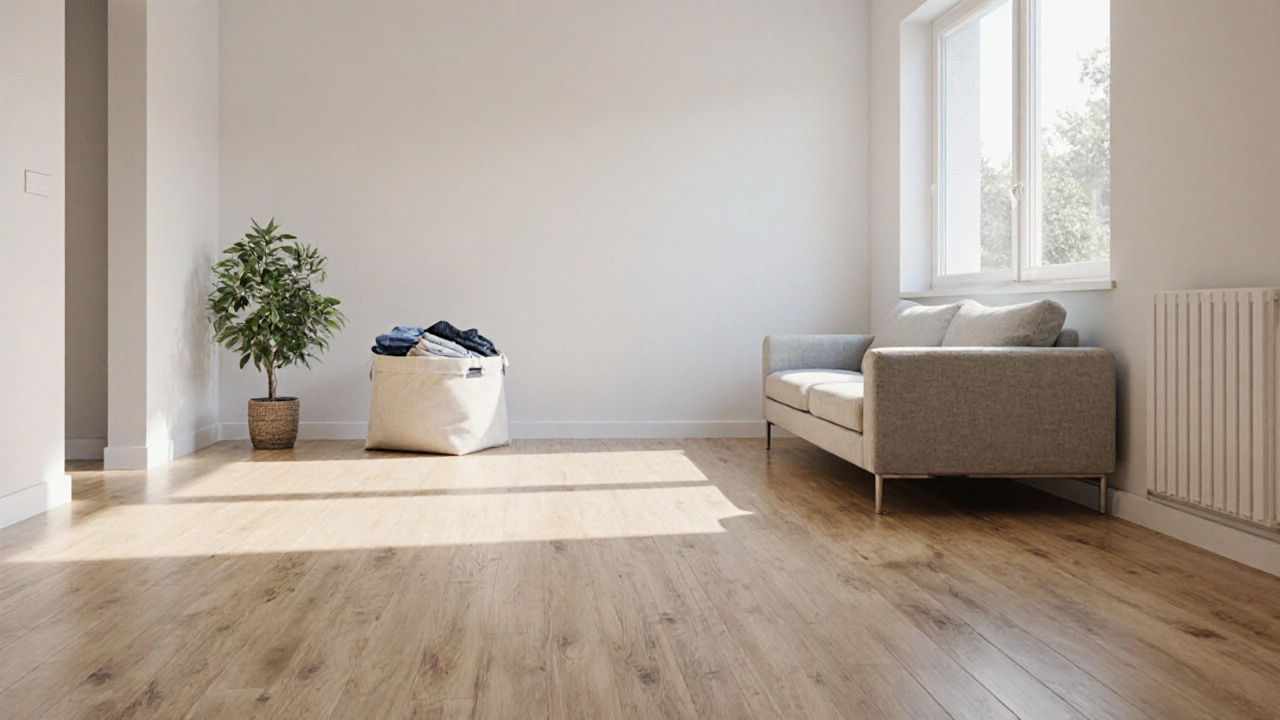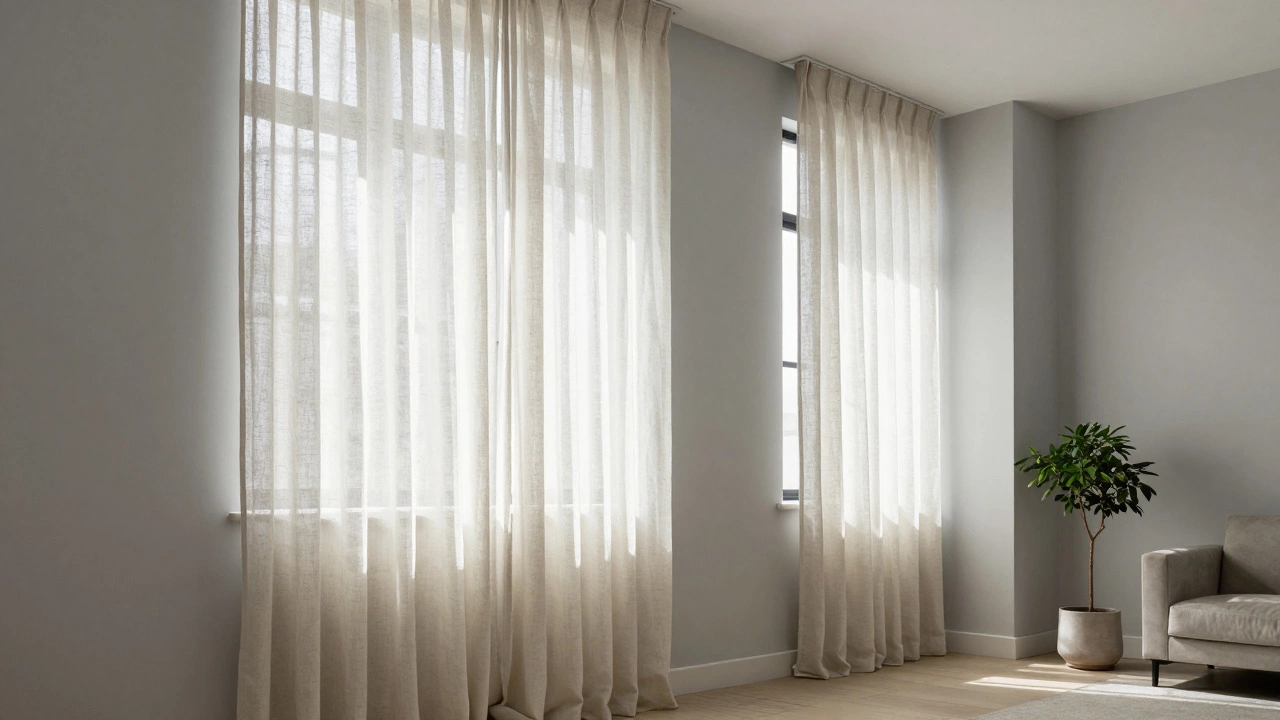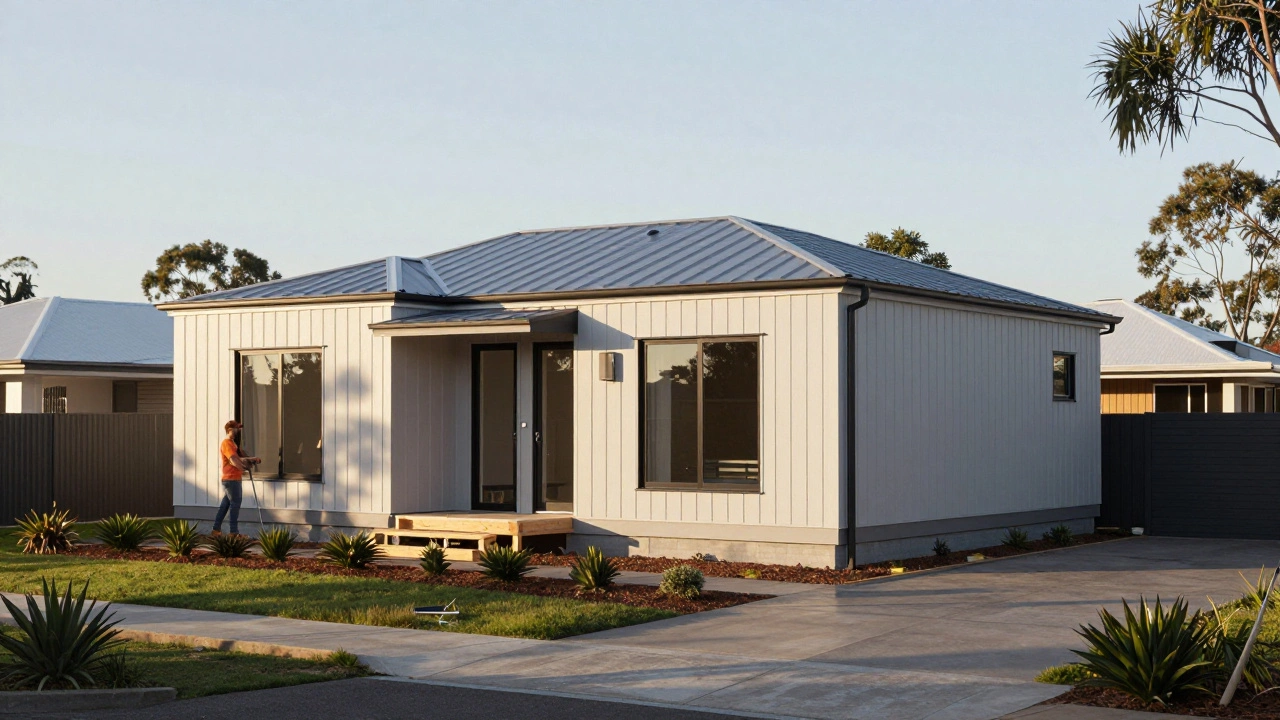Home Improvement Tips & Ideas to Upgrade Your Space
Whether you’re fixing a squeaky door or planning a full‑house remodel, the right advice can save you time, money, and headaches. Below you’ll find straight‑forward tips that work for any budget, plus a quick look at the biggest projects that often need extra planning.
Quick Wins for Every Room
Start with the surfaces you see most. Switching to easy‑install flooring like laminate or peel‑and‑stick vinyl can transform a living room in a weekend. These options are forgiving for beginners, resistant to pets, and work well over existing floors, so you avoid the mess of tearing everything out.
In the kitchen, the layout matters more than fancy appliances. A work triangle that keeps the sink, stove, and fridge within easy reach cuts down on steps and makes cooking feel smoother. Even a simple island or rolling cart can create that triangle without a full remodel.
Lighting is another low‑cost upgrade. Ditch incandescent bulbs and swap in LED equivalents – you’ll cut energy use and see a brighter, more even glow. Adding a dimmer switch lets you switch moods without new fixtures.
Got no closet for the vacuum? Look up to the space above doors, under stairs, or behind a narrow console. A small wall‑mounted hook or a custom nook can hide the machine and free up floor space.
Planning Bigger Projects on a Budget
If you’re eyeing an extension or loft conversion, start by mapping out the cost‑liest parts. For lofts, windows and structural reinforcements usually take the biggest chunk of the budget. Knowing this early helps you decide whether a dormer, hip‑to‑gable, or simple Velux will fit your wallet.
House extensions don’t have to break the bank. Simple box‑type add‑ons or using pre‑fabricated sections can shave thousands off the price. Compare materials – timber frames are often cheaper than steel, and recycled brick can add character without the premium.
Foundation issues feel scary, but many problems can be caught early. Look for cracks bigger than a hairline, doors that stick, or uneven floors. If you spot these signs, a professional inspection can pinpoint whether a DIY fix like epoxy filling will do, or if you need a piering or slab jacking solution.
Timing is another hidden cost. A typical home renovation runs 6‑12 weeks, but timelines stretch when trades are booked or permits run late. Create a realistic schedule: demolition, rough‑in (plumbing, electrical), then finishes. Adding a buffer week or two prevents surprise delays.
Finally, keep an eye on the budget for the “extras” that sneak in – paint, trim, hardware, and cleanup. Set aside a 10‑15% contingency fund, and track every receipt. You’ll stay in control and still end up with a space that feels fresh and functional.
Use these ideas as a springboard. Pick one quick win this weekend, then plan the bigger changes step by step. Your home can look brand new without a massive spend, and the satisfaction of doing it yourself is a bonus you can’t buy.

